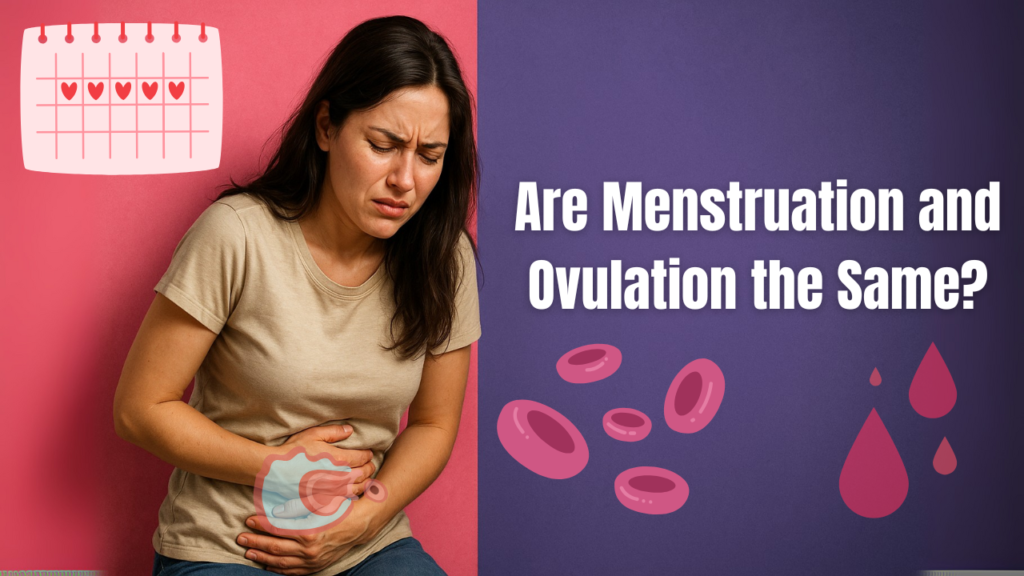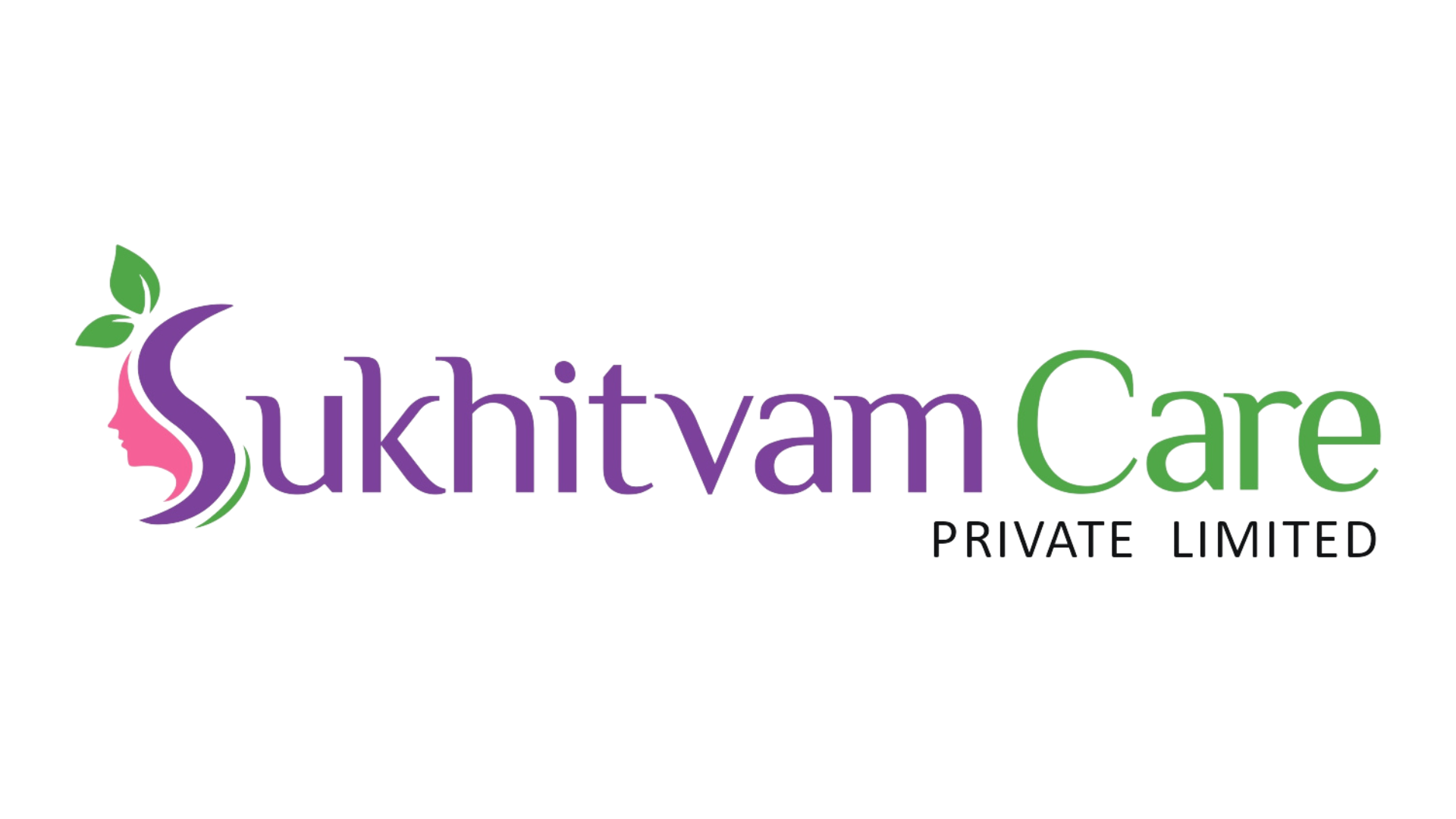
When people talk about reproductive health, two words often come up: menstruation and ovulation. While both are connected to the menstrual cycle, they are not the same. Let’s break it down simply.
What is Ovulation?
- Ovulation is when a mature egg is released from the ovary.
- It usually happens around the middle of the cycle (day 14 in a 28-day cycle).
- The egg travels down the fallopian tube and waits for sperm.
- If sperm fertilizes the egg, pregnancy can begin.
What is Menstruation?
- Menstruation is the bleeding phase of the cycle, also called a “period.”
- It happens when the egg is not fertilized.
- The uterus lining, which was built to support a pregnancy, sheds away.
- This shedding comes out as blood through the vagina.
Key Differences
- Timing: Ovulation happens in the middle; menstruation happens at the end.
- Purpose: Ovulation is about releasing an egg; menstruation is about cleaning out the unused lining.
- Pregnancy link: Ovulation creates the chance for pregnancy; menstruation means no pregnancy happened.
Why People Confuse Them
- Both are part of the same cycle.
- Both involve hormones and the reproductive system.
- But one is about preparing for pregnancy, while the other is about ending that chance.

